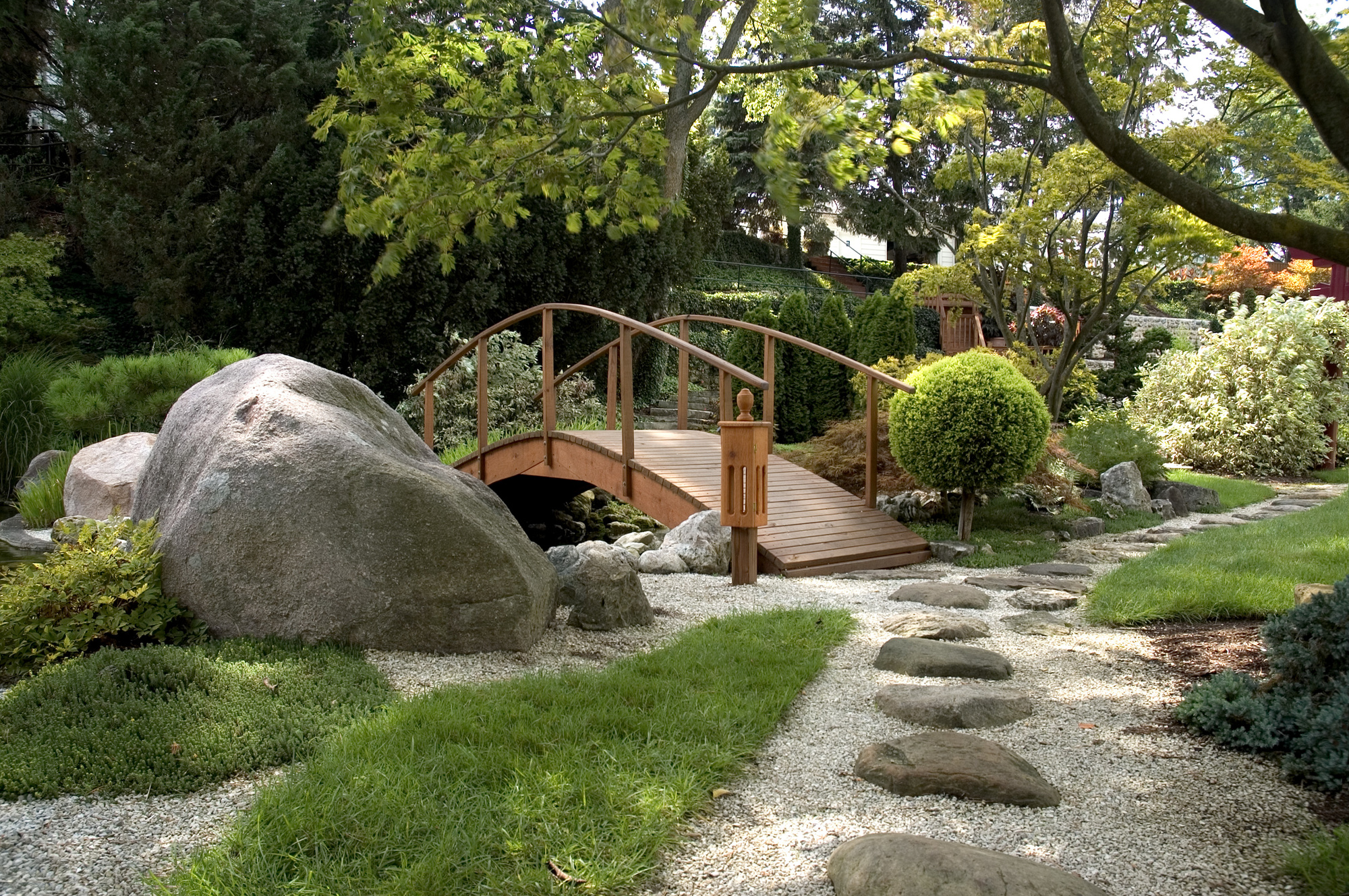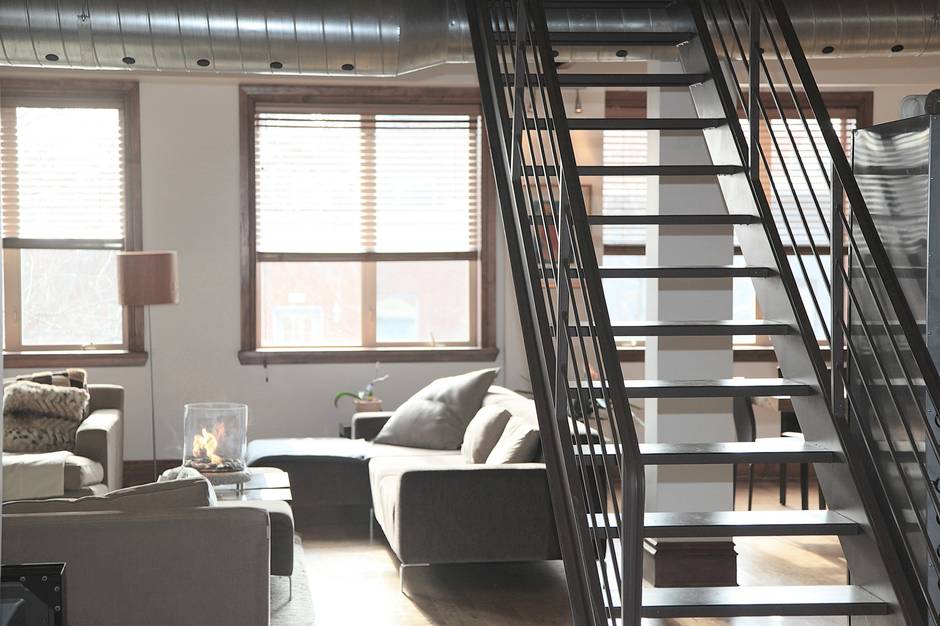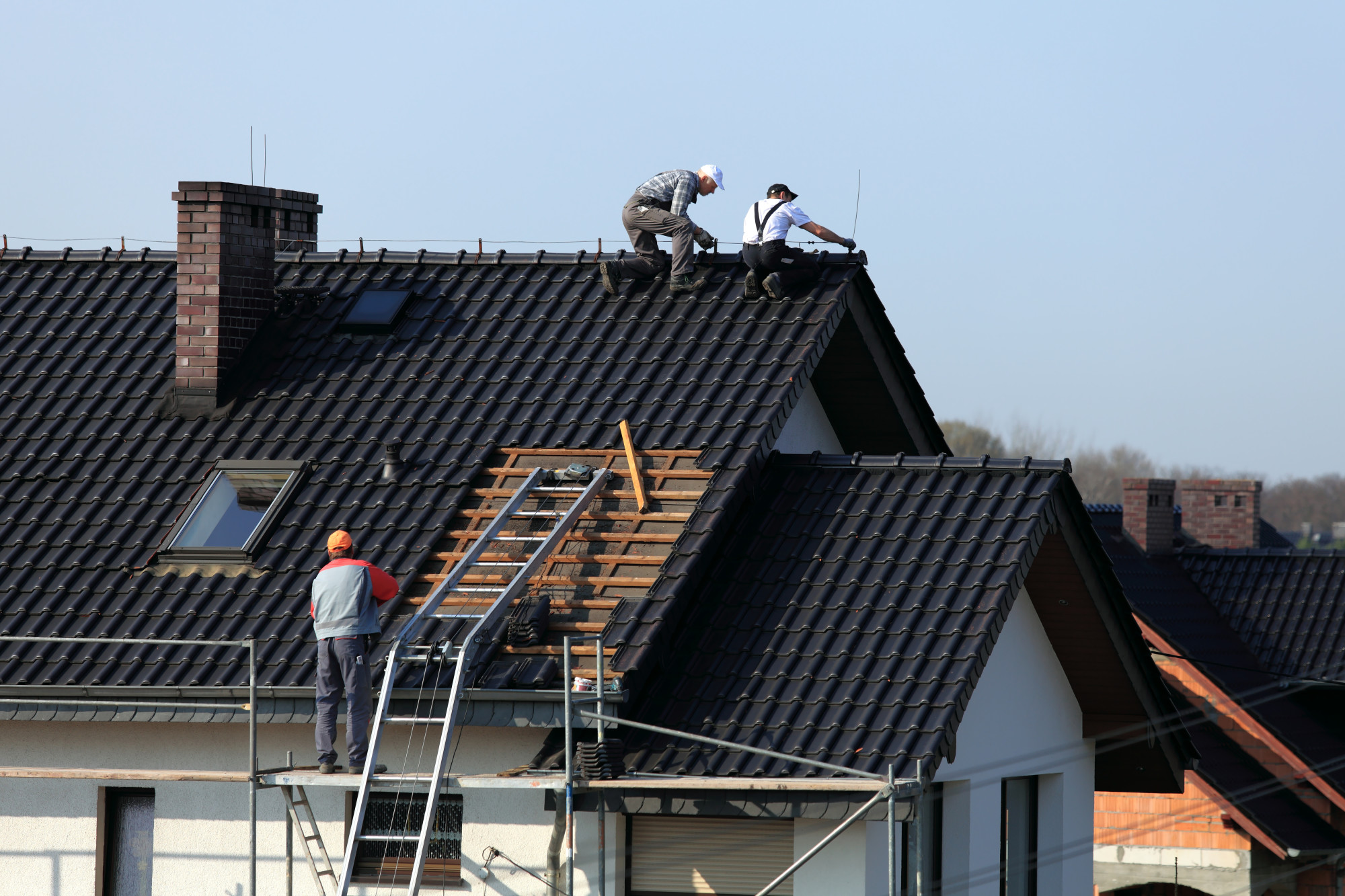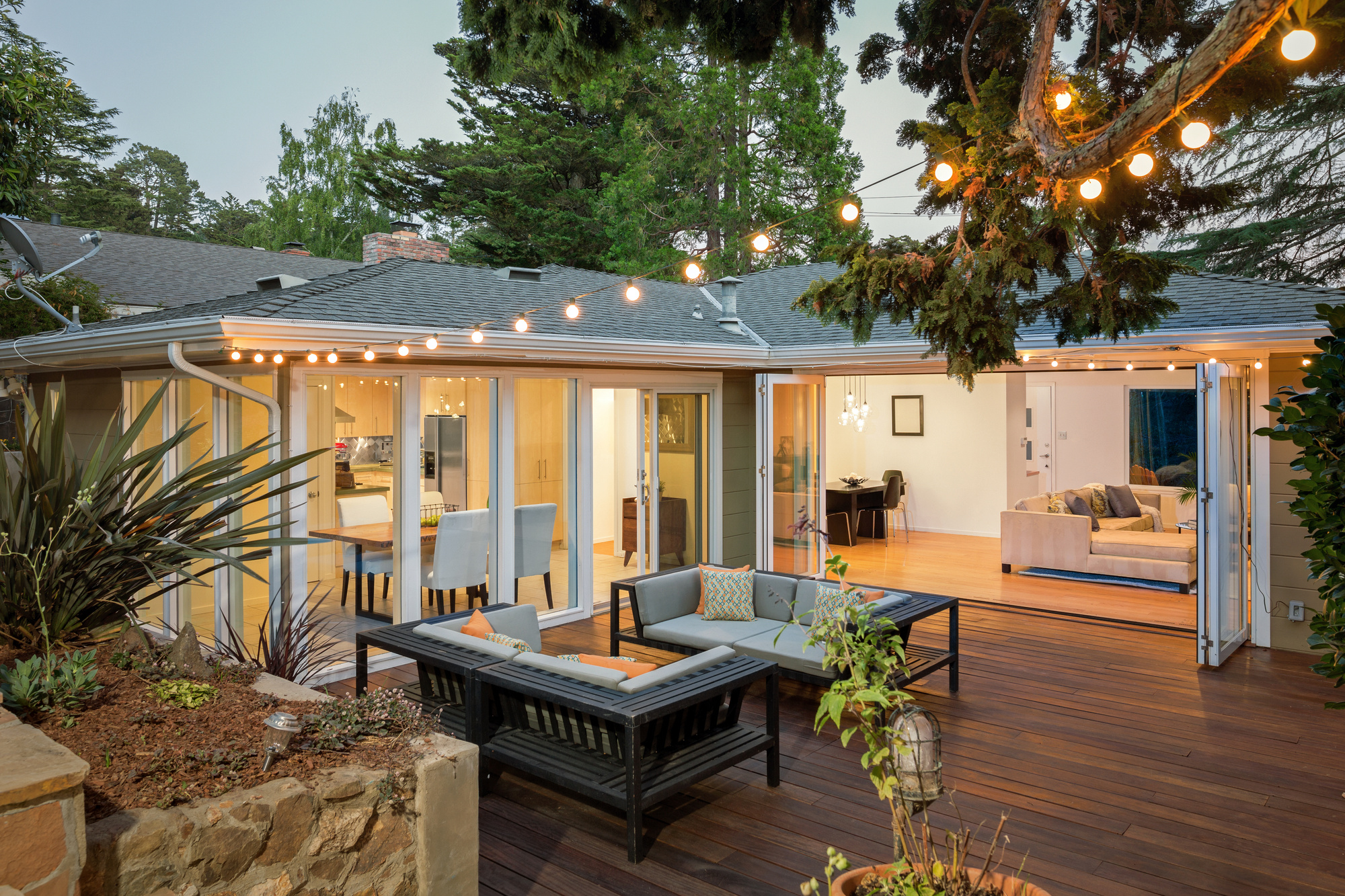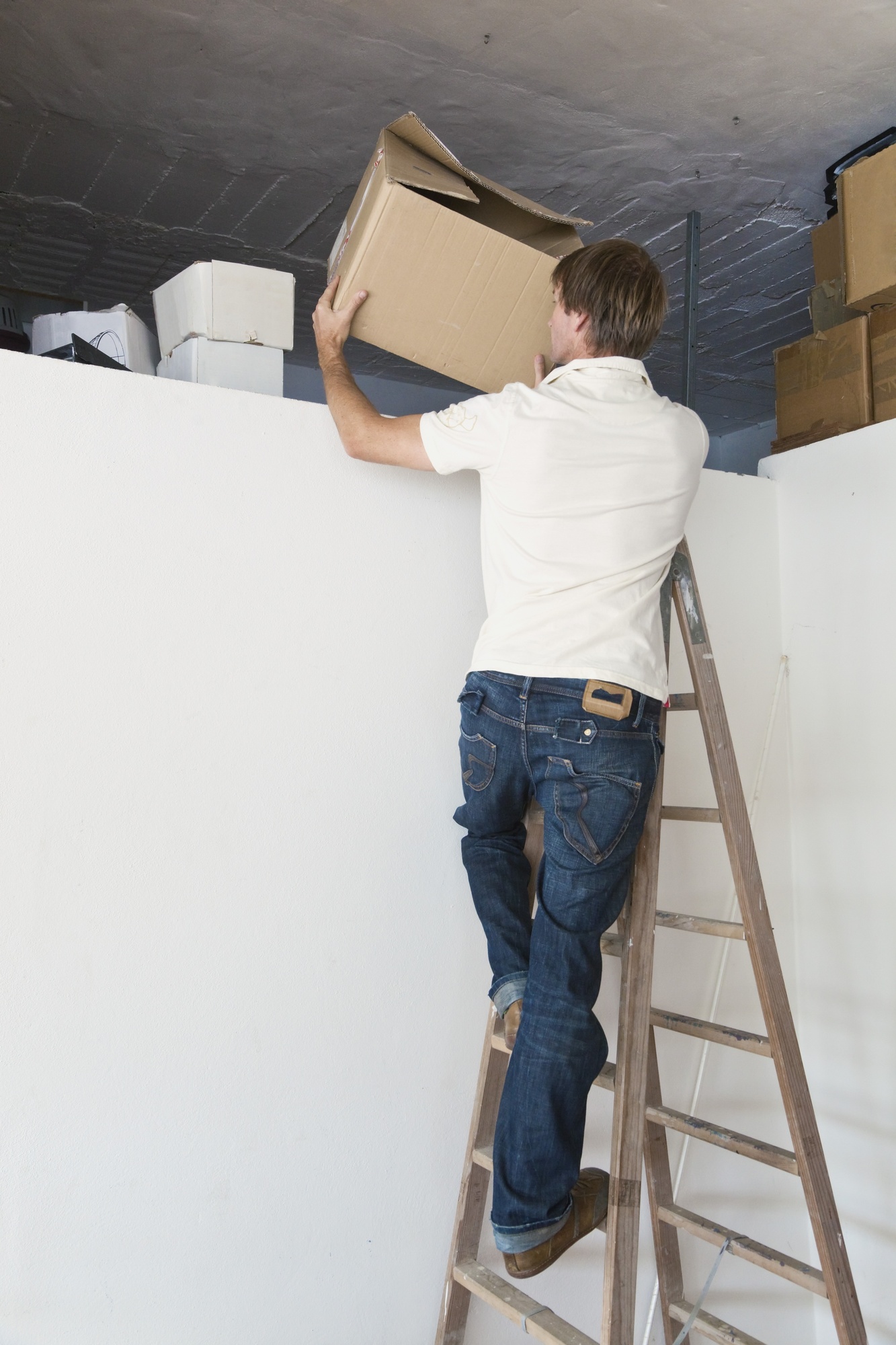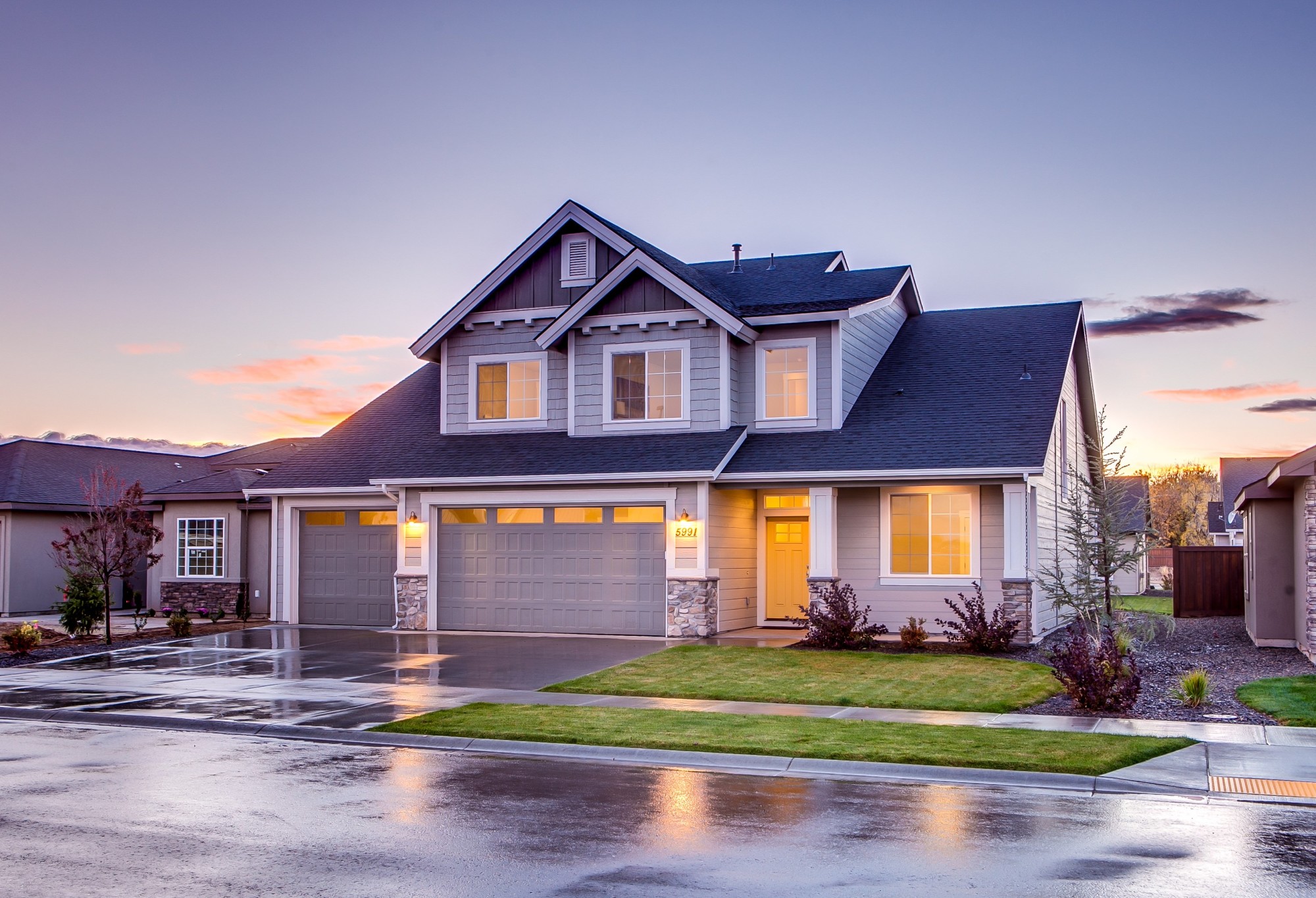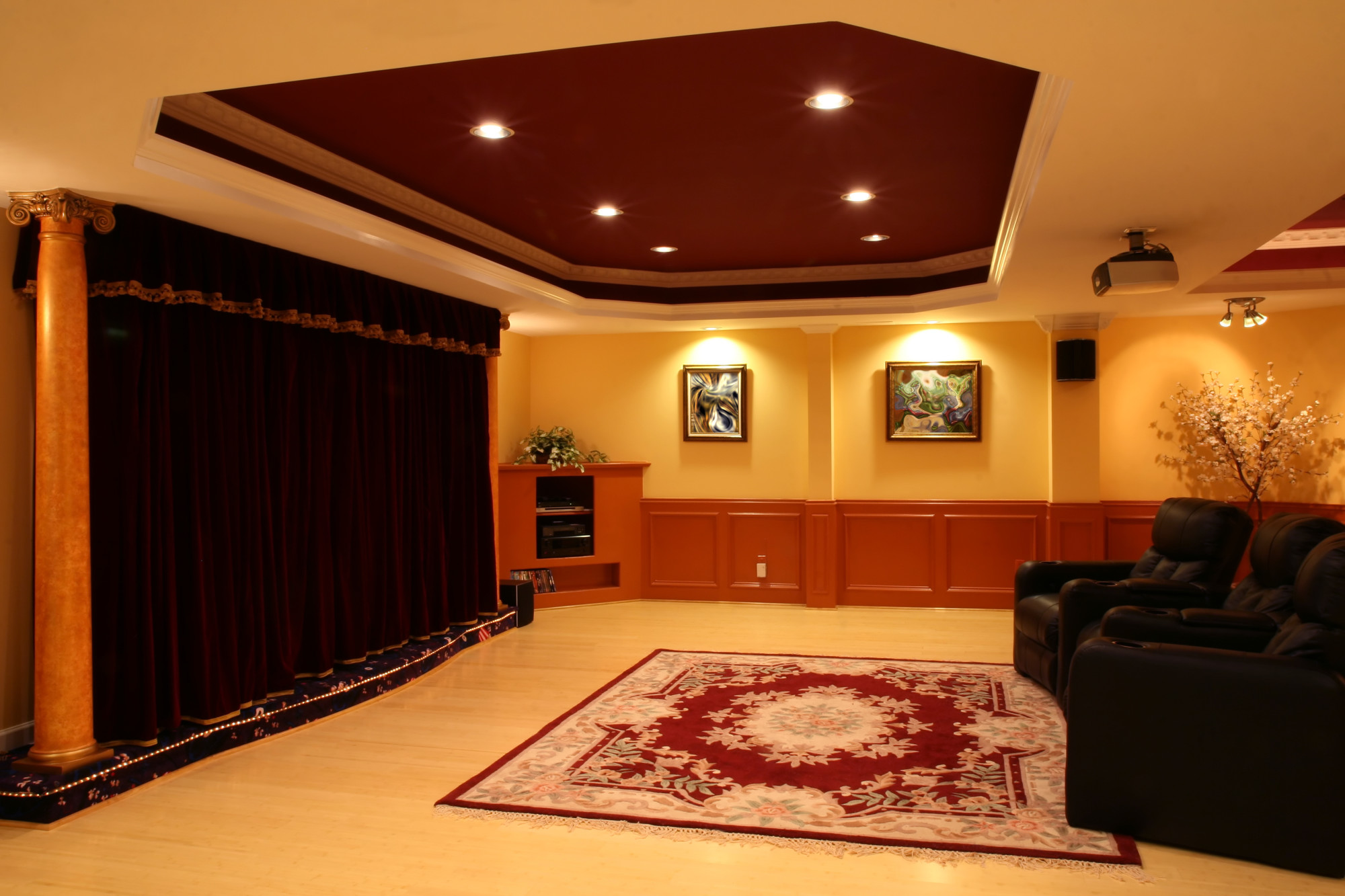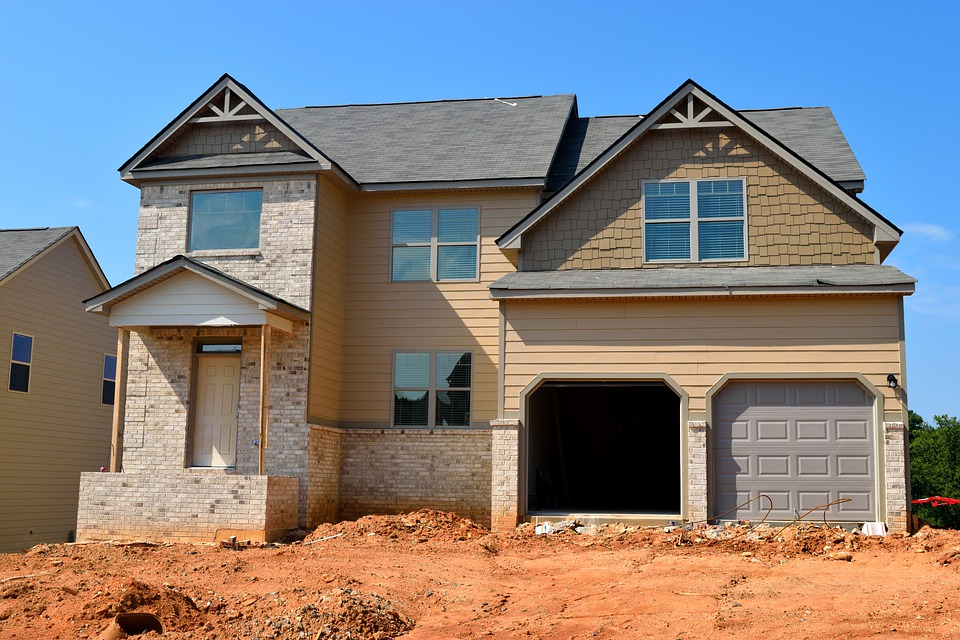An outdoor garden is a great way to encourage children to spend time outside and learn about nature. If your home has the space to build a garden, then you’ll want to create one that you and the entire family will love. Although at first, a garden might seem like something only an adult would benefit from, once you start creating it, you’ll learn that there are plenty of fun garden ideas.
How can you ensure you make your garden fun?
Imagine a magical world where bright and colorful flowers fill your eyes. There’s a mystery around every corner and critters of all sorts run the paths with you. Sounds enchanting, doesn’t it?
You can build this very place for your little ones. The end result is a stunning garden that your children will never want to leave. Continue reading below to find out about a few different ways to make your outdoor garden fun!
1. Allow the Imagination to Run
A place where the imagination can run wild is a place where your children want to be. It’ll make a neat place for you as well. When building your garden, consider laying down paths that curve into unseen areas.
Build garden walls from vines and lattice to separate different sections in the garden. If you want to see what’s behind the walls, you’ll need to follow the path. When your garden has a couple of these areas, your children will become obsessed with exploring, discovering, and imagining.
2. Install a Swing or Hammock
There are many furniture items that you can add to your garden. A swing, a hammock, or even a small pool will work well. The best above ground pools can be installed and then blended into your garden’s atmosphere.
A hammock is a great way to relax in nature after running down all the winding garden pathways. If you have a seating area in your garden for the adults, then be sure to install a few swings near the seating area.
As the adults sit at the table, the children can swing on the swings.
3. Create Grow Stations
Children are naturally curious. They’ll love having different grow stations in the garden. Use raised garden boxes to grow several different things.
You can have one grow station where you grow vegetables, one for a fruit, and one for a favorite flower. Start the plants off as seeds. Plant them with your little ones, bring them out to the garden to water and tend to them.
As the plants grow, the children will love to see the progress, and getting to snack on a sweet berry at the end is always a plus as well. This is also the perfect opportunity to teach them about gardening and agriculture.
4. Build Hideaways
What child doesn’t love a good hideaway? There’s something about hidden away nooks that children just can’t get enough of.
You can create hideaways, forts, or tents with the use of bamboos and vines. Place bamboo sticks in the ground in a circle shape. Leave a small section open.
This is how your children will crawl in and out. Then, secure the tops of the bamboo with garden twine. To make the hideaway more green and full, you can plant sweet peas and other beans and plants that climb on the outside of the structure.
Over time, they’ll grow around it, making a neat hiding spot.
5. Find Ways to Invite Critters
Critters love gardens. Gardens provide shelter and food for many small creatures. You will, however, need to have a good balance of all the right critters.
Some critters are beneficial to your garden, while others can damage it. Look into the type of plants you’re growing and see what types of critters you need to attract to keep it healthy.
You can also place a birdbath and birdfeeder in the garden to bring all sorts of birds to your home. Your children will love watching the critters and interacting with them.
6. Use Tree Stumps as Stepping Stones
The more natural you can keep your garden, the better. Find a narrow area where you can place tree stumps down. Use tree stumps of all different sizes both width and height.
Place them in a line. Your children will have fun stepping on them and jumping from one stump to another. If possible, have the stumps lead to a specific area in the garden, like a small buttery garden section.
7. Incorporate Play Equipment Into the Design
Average play equipment can be used in your garden as well. If your garden is on a slope, then you can install a slide that leads from the top of the slope to the bottom.
You can also create tunnels using sheets of metal hidden under the terrain. Create a playground or a natural jungle gym inside your garden, and the children won’t ever want to leave.
8. Plant a Sensory Garden
A sensory garden is a great idea for the little ones. What flowers can you plant that’ll light up their eyes, entice their nostrils, encourage them to feel different textures, allow them to taste new things, and bless their ears with natural sounds when the wind blows through?
Find a plant, flower, or veggie that’ll help them engage in one of their senses and have a plant for each sense. This is how you build a sensory garden.
9. Lay Mosaic Tiles as Game Pieces
Mosaic tiles are bright and colorful and can even work as game pieces in your garden. Find a path and lay down a few mosaic tiles as stepping stones.
Each stone can have a bright number on it. Place them in order and create a hop-scotch playground for the little ones.
How Will You Make Your Garden Fun for the Family?
Which fun ideas listed above will you use to make your garden fun for the entire family? Take an idea straight from this list or let some of these items inspire you to come up with your own.
For topics about the home, be sure to check back with us regularly!
